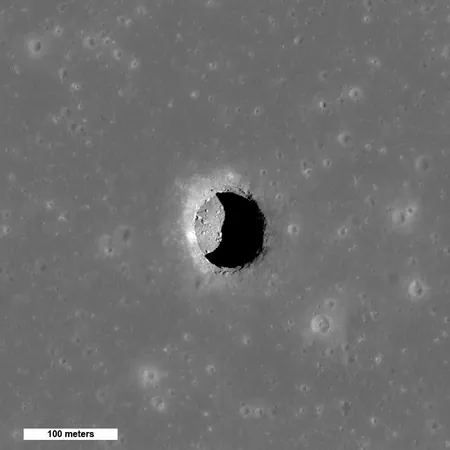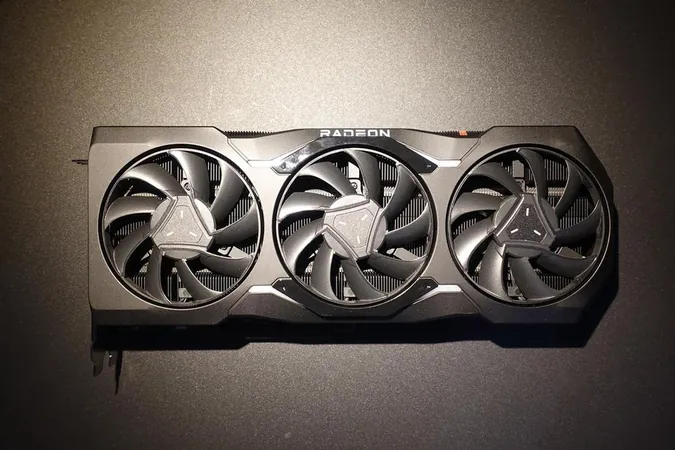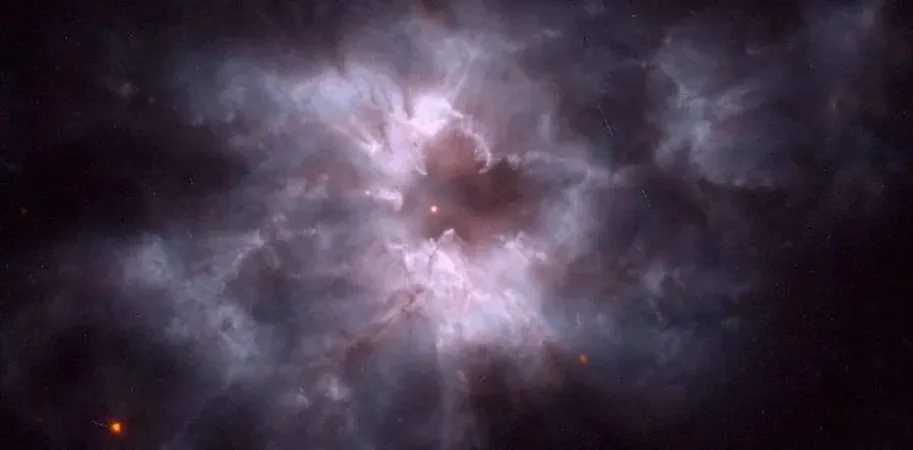
AI Revolutionizes Lunar Exploration: Unveiling Hidden Moon Entrances!
2025-07-30
Author: Wei
Imagine uncovering the secrets of the Moon using cutting-edge artificial intelligence! A groundbreaking study published in *Icarus* reveals how machine learning can pinpoint lunar pits and skylights—crucial openings that lead to underground lava caves and tubes. This ambitious research harnesses sophisticated algorithms to enhance our understanding of the Moon's volcanic regions, marking a significant step for both robotic and human exploration.
With a focus on identifying new lunar features, the researchers employed advanced deep learning models to analyze orbital images from both the Moon and Mars. Their main goal? To spot fresh lunar pits and skylights that complement the existing 16 identified in the Lunar Pit Atlas. Among the models, the standout performer was dubbed ESSA (Entrances to Sub-Surface Areas), which successfully detected two new skylights while analyzing just 1.92% of the lunar maria.
ESSA has so far surveyed a mere 0.23% of the Moon's surface, indicating a treasure trove of data still unexplored. The potential for identifying key surface features is immense, as researchers aim to prioritize larger mare regions, like Mare Frigoris, for further examination. By meticulously processing images over time, they hope to open doors to previously hidden lunar landscapes.
These lunar pits and skylights are more than just fascinating geological features; they could serve as crucial shelters for future astronauts exploring the Moon. Unlike Earth, which boasts protective atmosphere layers, the Moon's exposed surface leaves astronauts vulnerable to dangerous solar and cosmic radiation. These underground lava tubes have even been popularized in shows like *National Geographic Mars*, showcasing their potential as safe havens for explorers.
This study emerges as NASA's Artemis program gears up to land astronauts back on the Moon in the coming years, a historic return since Apollo 17 in 1972. Though Artemis will target the lunar south pole—far from lava caves—this research highlights how AI and machine learning can spearhead the discovery of essential lunar resources and features, including water ice deposits vital for sustaining human presence.
The continuing integration of AI in planetary science showcases remarkable speed and efficiency, expanding our understanding of planetary bodies across the solar system and beyond.
As we look ahead, one burning question remains: How will AI transform our exploration of the Moon and other celestial bodies in the future? Only time will unveil the answers, illuminating the bright path of science!




 Brasil (PT)
Brasil (PT)
 Canada (EN)
Canada (EN)
 Chile (ES)
Chile (ES)
 Česko (CS)
Česko (CS)
 대한민국 (KO)
대한민국 (KO)
 España (ES)
España (ES)
 France (FR)
France (FR)
 Hong Kong (EN)
Hong Kong (EN)
 Italia (IT)
Italia (IT)
 日本 (JA)
日本 (JA)
 Magyarország (HU)
Magyarország (HU)
 Norge (NO)
Norge (NO)
 Polska (PL)
Polska (PL)
 Schweiz (DE)
Schweiz (DE)
 Singapore (EN)
Singapore (EN)
 Sverige (SV)
Sverige (SV)
 Suomi (FI)
Suomi (FI)
 Türkiye (TR)
Türkiye (TR)
 الإمارات العربية المتحدة (AR)
الإمارات العربية المتحدة (AR)